The Best Running Drills
Use these drills to improve your technique and become a faster, more efficient runner
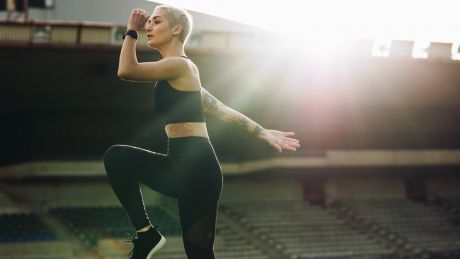
Drills, like warming up, stretching, and strength and conditioning work, fall into the category of things runners know they should do, but never seem to find the time to. And you know what? That’s hardly a surprise – free time is always at a premium and merely managing to run regularly is cause for celebration.
However, if you want to do everything you can to improve your running, drills are a worthy addition to your weekly schedule.
"Running drills will prepare your body for the effort it is about to undertake when used as a warm-up, but they should also be part of your weekly mix if you are serious about taking your running forwards,” says Nick Anderson, founder of RunningWithUs and official Cancer Research UK London Marathon coach.
“If you add in drills after some easy runs or do them as a separate standalone training session, you should see big improvements in your running technique. These drills will build strength and good posture and form.”
Below you’ll find Anderson’s top running drills along with instructions and pictures showing how to do each one, but first here’s some general advice to keep in mind when executing each drill.
“Aim to complete each drill landing on your midfoot or forefoot,” says Anderson. “Be light on your feet. Focus on staying tall with a slight forward lean and remaining relaxed. Keep your hips high and stable. Make sure your arms are working hard and in a full running action. Be careful not to have your elbows wide to assist with balance or your hands crossing the natural midline of your torso. Your arms should be bent at 90° and almost brushing the sides of your body. Look forwards confidently, with your head up.
“Aim to complete each exercise in two to three sets over a 10-20m grid on a safe, firm and flat surface. Then walk or jog back to the starting point for your recovery.”
Sign up for workout ideas, training advice, reviews of the latest gear and more.
The Best Running Drills
Ankling
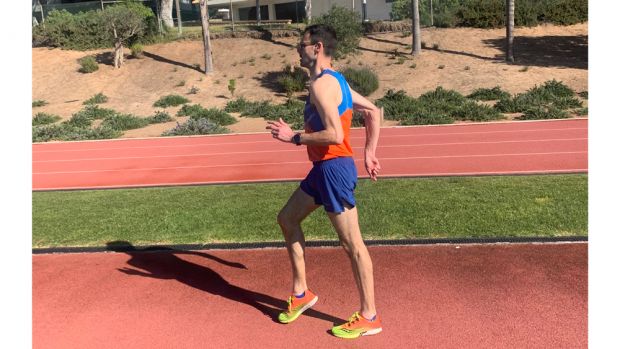
“The aim of this drill is to strengthen and warm up the achilles and calf muscle group, increasing eccentric muscle strength,” says Anderson. “Place your foot on the ground with the toe of your foot first and then lower your weight until your heel just barely touches the ground.” Walk forwards in this manner.
Straight-leg kick-out

“This drill strengthens the dorsiflexion in your foot and lateral calf muscle groups,” says Anderson. Essentially this is running without bending your knees, which sounds difficult – but not if you use these tips from Anderson. “Kick out in short fast movements, bringing your toe up to extend your leg. Maintain your upper-body posture.”
A-skip

“Skip forwards, lifting your lead knee to waist height while keeping your back leg straight as you come up off your toe,” says Anderson. “Strike the ground with your midfoot or forefoot while swinging your opposite arm in unison with your lead leg.”
B-skip
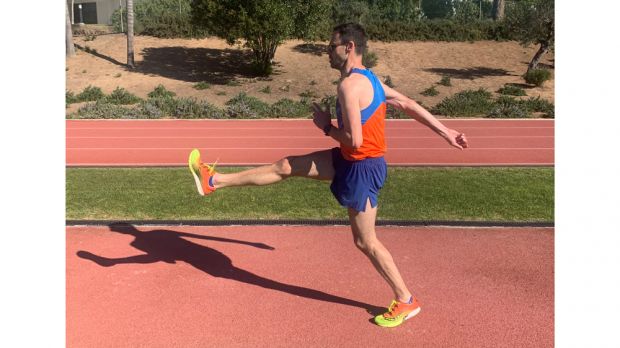
The B-skip is nearly identical to the A-skip, but you extend your lead leg as it comes down. To make sure you’re doing it correctly, Anderson advises listening to the pattern of sound your feet make, which should be a tap then a brief scuff along the ground. Use the same arm motion during this drill as you use while running.
- Use These Beginner Track Workouts To Improve Your Running
- 33 Running Tips To Help You Become A Better Runner
- Pro Tom Evans On The Benefits Of Cross-Training For Runners
Active glutes stretch
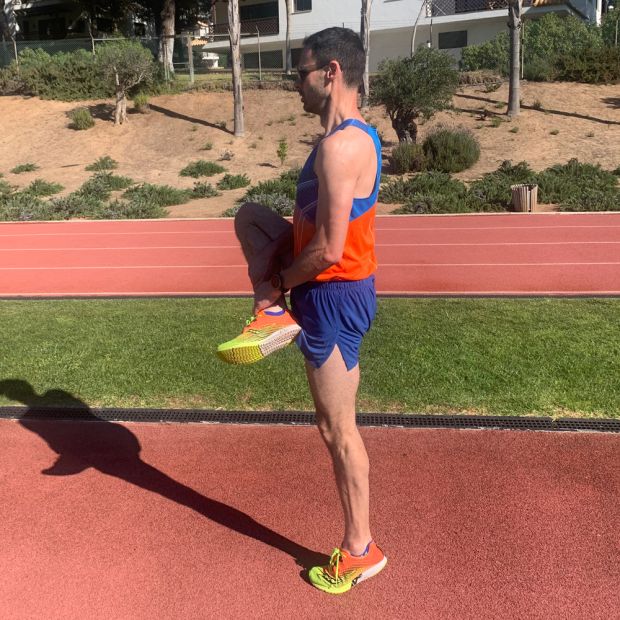
Stand up straight. Lift and turn your right leg so you can take hold of your right ankle next to your left thigh, with your right instep facing up. “You’ll feel the stretch in the glutes and lateral quad area,” says Anderson. Lower your right leg to step forwards and repeat on your left.
Knee hugs

“Roll off your heel onto the ball of your foot and push off,” says Anderson. “Drive your knee up, grab and pull it to your chest. Dorsiflex your foot [lifting your toes up] as you lift your knee. Ensure you maintain an upright posture throughout.”
Hamstring sweeps
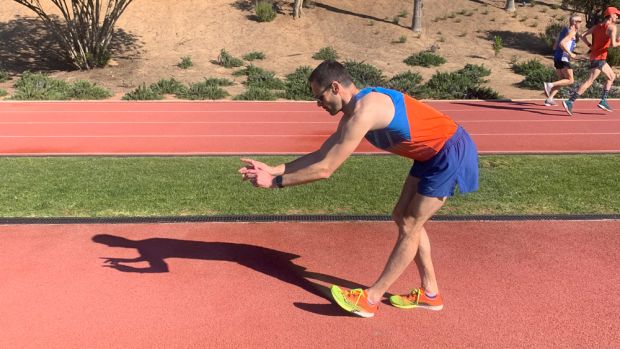
“This is a great drill to increase your hamstring’s dynamic flexibility,” says Anderson, “as well as its strength and range. Plant your right heel on the ground in front of you and point your toe up, keeping your leg straight. Bend at your left knee and hips as though you're about to sit on a chair. Move your hands from front to back, sweeping the ground. Keep your back straight and head up. Repeat, alternating legs.”

Nick Harris-Fry is a journalist who has been covering health and fitness since 2015. Nick is an avid runner, covering 70-110km a week, which gives him ample opportunity to test a wide range of running shoes and running gear. He is also the chief tester for fitness trackers and running watches, treadmills and exercise bikes, and workout headphones.
